
One of the most important international photography events, The
AIPAD Photography Show New York, will be presented by the Association of International Photography Art Dealers (AIPAD) from March 17 through 20, 2011. More than 70 of the world’s leading fine art photography galleries will present a wide range of museum-quality work including contemporary, modern and 19th century photographs, as well as photo-based art, video and new media, at the Park Avenue Armory in New York City. The 31st edition of The AIPAD Photography Show New York will open with a Gala Preview on March 16 to benefit the John Szarkowski Fund, an endowment for photography acquisitions at The Museum of Modern Art in New York City. The AIPAD Photography Show New York is the longest running and foremost exhibition of fine art photography.
“Photography has been less affected by the recession than other parts of the art world,” said Stephen Bulger, President, AIPAD, and President, Stephen Bulger Gallery, Toronto. “As a result, photography remains a growing market. Now more than ever, AIPAD is a must-do show for collectors, and clearly is the best show for photography in North America.”
Exhibitors:
A wide range of the world’s leading fine art photography galleries will exhibit at The AIPAD Photography Show New York. In addition to galleries from New York City and across the country, a number of international galleries will be featured. An exhibitor list is available at aipad.com/photoshow.
Exhibition Highlights:
Deborah Bell Photographs, New York, will show black-and-white photographs by
Andy Warhol (c. 1981-86). These are photographs that precede the stitched or sewn photographic composites and are primarily formal studies taken from street life, providing insight into "Andy's eye."
Gary Edwards Gallery, Washington, DC, will show a portrait of
Chairman Mao from 1963 by an unknown Xinhua Agency photographer. The portrait is said to have been printed in over 100 million copies. It is the basis of the gigantic portrait hanging on Tiananmen Gate, facing Tiananmen Square in Beijing; and Andy Warhol’s Mao screenprints of 1972 are based on this photograph, as well.
New work by
Abelardo Morell will be on view at
Bonni Benrubi Gallery, New York, including images of a landscape in Florence and a rooftop view of the Brooklyn Bridge made with a camera obscura.
Peter Fetterman Gallery, Santa Monica, CA, will bring work by
Annie Leibovitz,
Lillian Bassman,
Sebastiao Salgado, and
Henri Cartier-Bresson.
Galería Vasari, Buenos Aires, will show the work of photographers, such as Annemarie Heinrich and Juan Di Sandro, who immigrated to Argentina between the 1930s and ‘50s. Originally from Europe, they belonged to a generation that had been trained at the most refined avant-garde schools and there is no doubt of their fundamental role in the development of modern photography in Argentina.
Michael Hoppen Gallery, London, will show work by the vibrant young Japanese artist
Sohei Nishino (born 1982). This will be the first time his work has been shown in the United States. Nishino’s Diorama Map series is an ongoing project to map the world's great cities using his unique process of photography and collage. After an intense month of shooting thousands of photographs on black-and-white film from hundreds of locations across the city, he spends several months developing, printing, cutting, pasting and arranging of the re-imagined city into a huge photographic collage. The final piece is re-shot using a large format camera to create a single grand photographic print.
Niko Luoma is one of the leading professors at the University of Art and Design, Helsinki, and is an integral part of the Helsinki School. His series of abstract C-prints are inspired by nature in flux, every day events, chaos, chance, and time. Luoma uses a simple mathematical system in exposing negative space and composing each work based on ideas of symmetry. The photographs will be on view at
Bryce Wolkowitz Gallery, New York.
Fiona Pardington's large-scale photographs in her series Ahua: A Beautiful Hesitation document the sculptures of indigenous peoples encountered during French explorer Dumont d'Urville's 1837 voyage to the South Pacific and will be on view at
Lisa Sette Gallery, Scottsdale, AZ.
Panel Discussions:
The AIPAD Photography Show New York will present an ambitious schedule of panel discussions on Saturday, March 19, 2011 at the Veteran’s Room at the Park Avenue Armory.
The panels include
PHOTOGRAPHY NOW: HOW ARTISTS ARE THINKING TODAY, which will discuss the issues contemporary photographers and artists are dealing with now. Among the panelists are
Julie Saul, Julie Saul Gallery, and artists
Sally Mann,
Shirin Neshat and
Alec Soth.
PICTURES INTO PAGES: PHOTOGRAPHY BOOK PUBLISHING NOW will explore how now more than ever, beautiful photography books are in demand, coveted by many, and considered an important part of a collector’s repertoire. Speakers will include Steven Kasher, Steven Kasher Gallery; Eric Himmel, Vice President, Editor-in-Chief, Abrams; Lesley Martin, Publisher, Aperture Foundation; Nion McEvoy, Chairman & CEO, Chronicle Books; Anthony Petrillose, Managing Editor, Rizzoli; and Gerhard Steidl, Publisher, Steidl.
NEW CURATORS/NEW DIRECTIONS will focus on the work of a photography curator at a top museum. Curators will discuss their goals and reflect on how photography has become more integrated into both exhibitions and collections over the last 10 years. The speakers will include Rick Wester, Rick Wester Fine Art, Inc.; Simon Baker, Curator of Photography and International Art, Tate; Roxana Marcoci, Curator, Department of Photography, The Museum Of Modern Art; Britt Salvesen, Department Head and Curator, Photography Department, Prints and Drawings Department, The Los Angeles County Museum of Art; Brian Wallis, Chief Curator, International Center of Photography; and Matthew S. Witkovsky, Curator and Chair, Department of Photography, The Art Institute of Chicago.
THE VOICE OF EXPERIENCE: BEHIND THE SCENES AT AIPAD GALLERIES will review how leading AIPAD dealers organize exhibitions and work with collectors. Speakers will include Jill Arnold, Director of Business Development, AXA Art Insurance Corporation; Howard Greenberg, Howard Greenberg Gallery; Peter MacGill, Pace/MacGill Gallery; Yancey Richardson, Yancey Richardson Gallery; and Martin Weinstein, Weinstein Gallery.
AIPAD AND THE IPAD: NEW TECHNOLOGY AND PHOTOGRAPHY will look at how all forms of new media technology are affecting the field of photography – from bloggers and Facebook to Flickr and YouTube. Speakers will include: Barbara Pollack, artist and arts journalist;
Jen Bekman, Founder + CEO, 20x200 | Jen Bekman Projects;
Bill Charles, Bill Charles Represents, New York, and
Scott Dadich, Executive Director, Digital Magazine Development, Conde Nast.
Tickets are $10 for the panel discussions and are available on a first-come first-served basis.
Show Information
The AIPAD Photography Show New York will run from Thursday, March 17 though Sunday, March 20, 2010 at the Park Avenue Armory at 67th Street in New York City. Show hours are as follows:
Thursday March 17 11 a.m. to 7 p.m.
Friday March 18 11 a.m. to 7 p.m.
Saturday March 19 11 a.m. to 7 p.m.
Sunday March 20 11 a.m. to 6 p.m.
The admission is $25 daily and $40 for the run-of-show. Student admission is $10 with a valid student ID. No advance purchase is required. Tickets will be available at the door. For more information, the public can call AIPAD at 202-367-1158 or visit
www.aipad.com.
 Noah Addis. Future Cities: Lima
Noah Addis. Future Cities: Lima

 c. h. paquette |2010
c. h. paquette |2010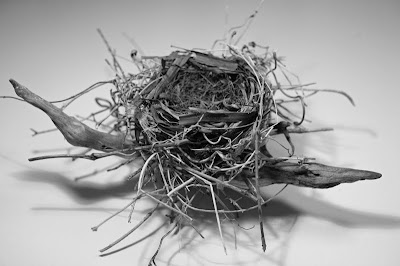

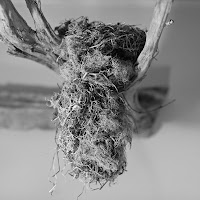

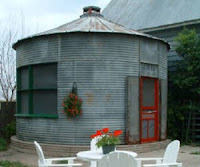
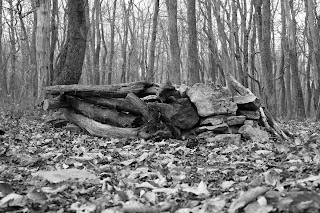




 House next to Shopping Mall. (2011)
House next to Shopping Mall. (2011) New Jersey (2011)
New Jersey (2011)
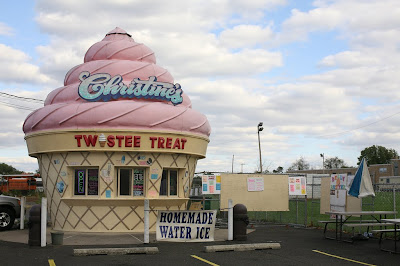



 Lewis Baltz.
Lewis Baltz. 






 first picture of 2011
first picture of 2011






 someone's bedroom. 2006
someone's bedroom. 2006
 Utopia? by Mike Callaghan 2010
Utopia? by Mike Callaghan 2010  Goodwill by C H Paquette 2009
Goodwill by C H Paquette 2009
 mummers parade. 2008
mummers parade. 2008